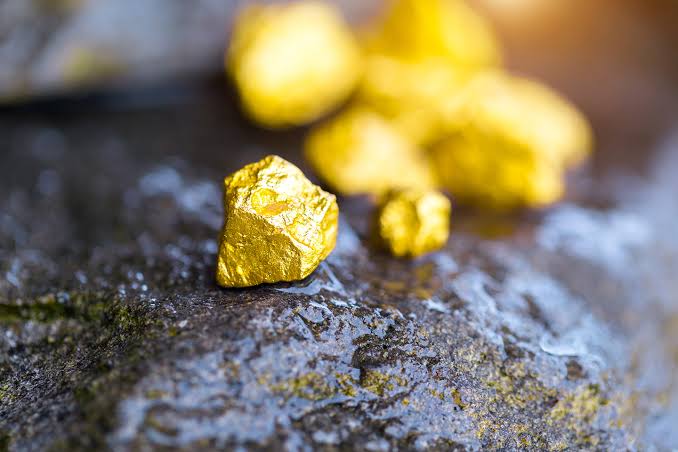
China’s geological authorities announced the discovery of one of the country’s largest gold deposits, located in Hunan province.
Called Wangu gold deposit, the site has an estimate of a thousand tons of pure gold, with approximate market value of $ 83 billion. Exploitation of the site can modify the scenario of the global mining industry, as well as raising questions about environmental impacts.
The discovery was made by a team of geologists who carried out investigations in deep areas of Chinese underground in search of new mineral resources.
During the analyzes, 40 veins had high concentrations of gold, with an average of 138 grams per ton of rock. The ore, however, is situated at a depth of approximately two thousand meters, which represents a technical challenge for extraction.
The Chinese government has not yet announced deadlines for the beginning of mining activities on site, but experts point out that the operation should follow specific protocols due to the depth and magnitude of the deposit. The place is considered one of the largest ever identified in the country.
With this new deposit, China reinforces its position as the main gold producer in the world. According to data regarding 2023, the country had already produced about 370 tons of metal, surpassing Australia, Russia and Canada. The inclusion of Hunan’s deposit to the production portfolio can significantly increase national indices and consolidate Chinese leadership in the market.
The expansion of gold production tends to have repercussions on international trade and metal prices, especially in view of the current scenario of economic instability and diversification of reserves by various countries.
However, environmental organizations and mining specialists point out that the operation of megadeposites such as Hunan’s needs to follow rigorous sustainability criteria.
Among the main risks pointed out are the suppression of native vegetation, habitat fragmentation and pressure on the water resources of the region. The need for deforestation for infrastructure installation can reduce forest cover and affect local species, especially in areas where biodiversity is high.
In addition, large -scale mineral exploration can cause ecological imbalances if compensatory measures and recovery strategies of degraded areas are not adopted.
Waste management, the use of chemicals in the gold processing process and intensive energy consumption are other factors that require continuous monitoring.
To date, local authorities and mining companies involved have not detailed operational plans or environmental licenses provided for exploiting the Wangu deposit. The absence of information on environmental impact assessment processes generates uncertainties regarding the planning of mitigation actions.
The Organization for Economic Cooperation and Development (OECD) and other international entities have recommended sustainable practices for precious metal mining, focusing on transparency, responsible use of resources and respect for local communities.
China is a signatory to multilateral environment agreements and has its own rules to regulate the mining activity, but the application of these guidelines varies according to the region.
Sector analysts assess that the new deposit may attract investments and expand the country’s productive capacity, but reinforce the need for reconciliation between economic development and environmental protection.
In a technical note, experts pointed out that the adoption of less impact technologies and the inclusion of communities in the planning process are essential measures to avoid social and ecological damage.
In the coming months, the Chinese government is expected to present a detailed plan on the technical viability of extraction, environmental control measures and economic return estimates. The dissemination of independent studies is also considered an important step in ensuring project compliance with international standards.
The discovery of the gold deposit in Hunan is part of a broader context of searching for strategic mineral resources, in view of increased global demand for precious metals and the need for economic diversification. At the same time, it pressures producing countries to improve mining models that reconcile exploitation with environmental conservation.
If explored based on rigorous technical and environmental criteria, Wangu’s deposit can contribute to the strengthening of China’s mining industry and impacting the international trade scale. However, the definition of the next steps will depend on the ability to manage risk and the implementation of public policies aimed at sustainability.
Source: https://www.ocafezinho.com/2025/05/24/china-identifica-megadeposito-de-ouro-com-estimativa-de-mil-toneladas-na-provincia-de-hunan/

